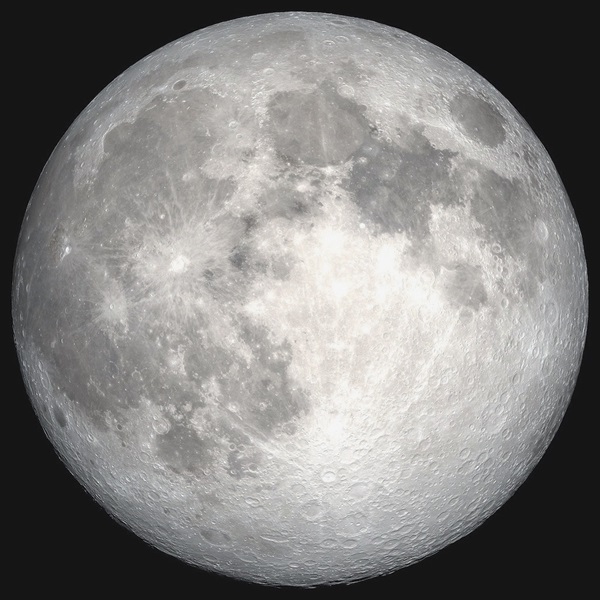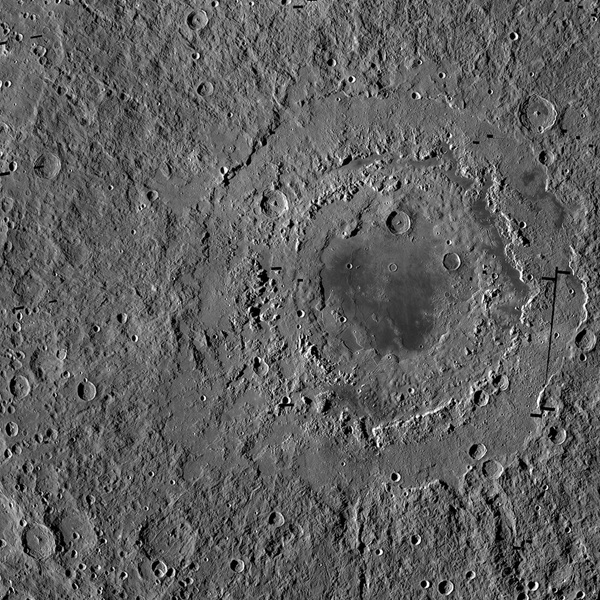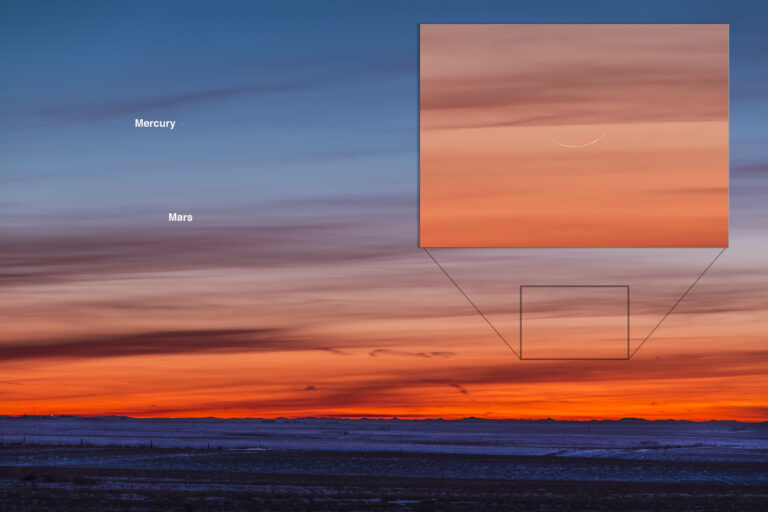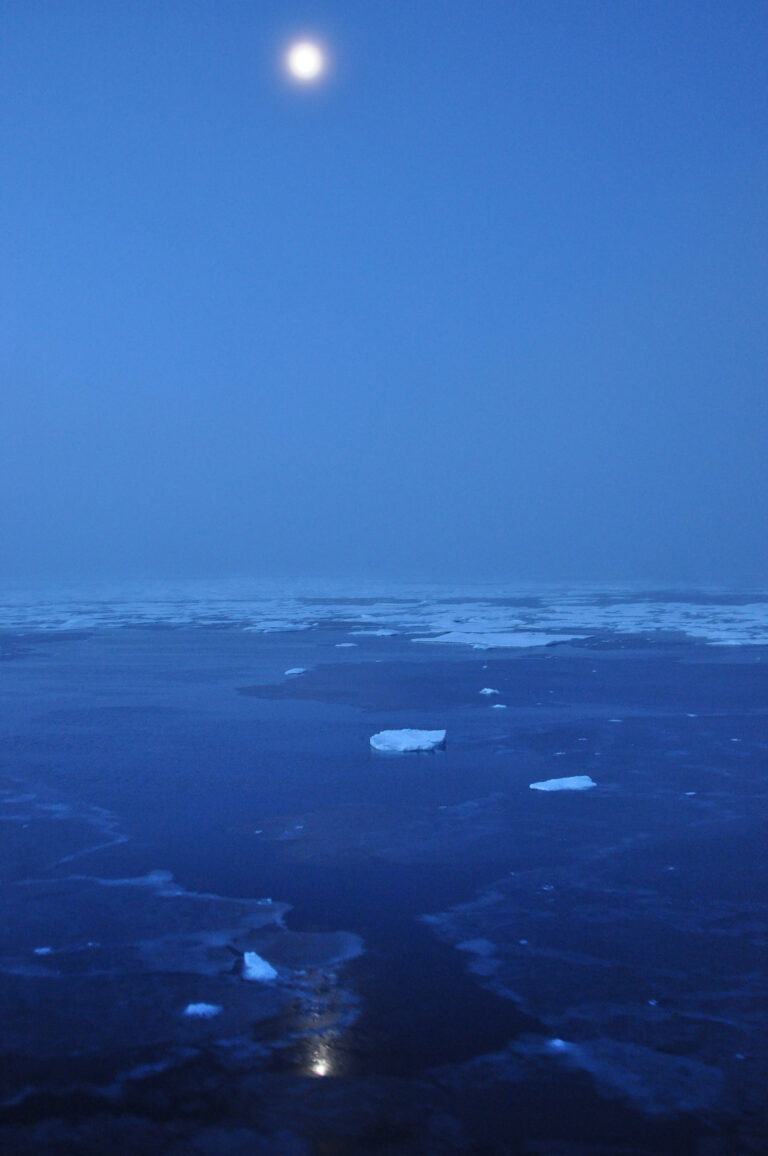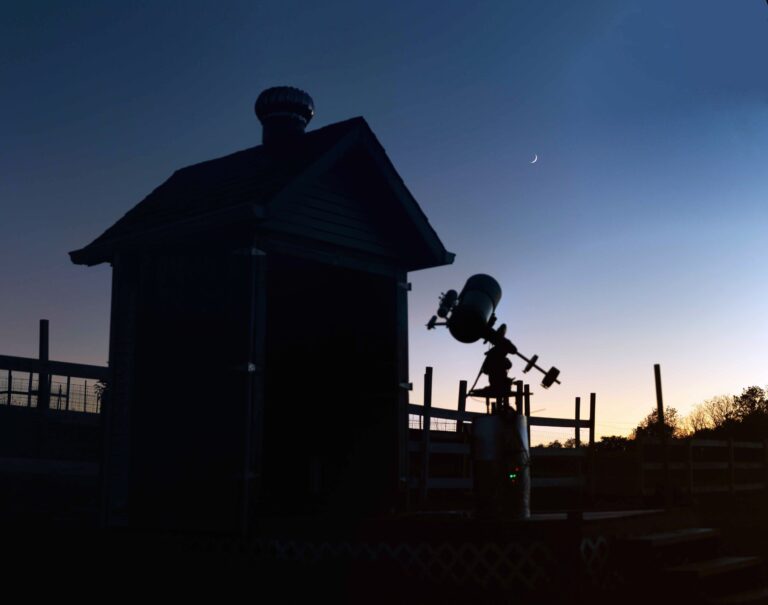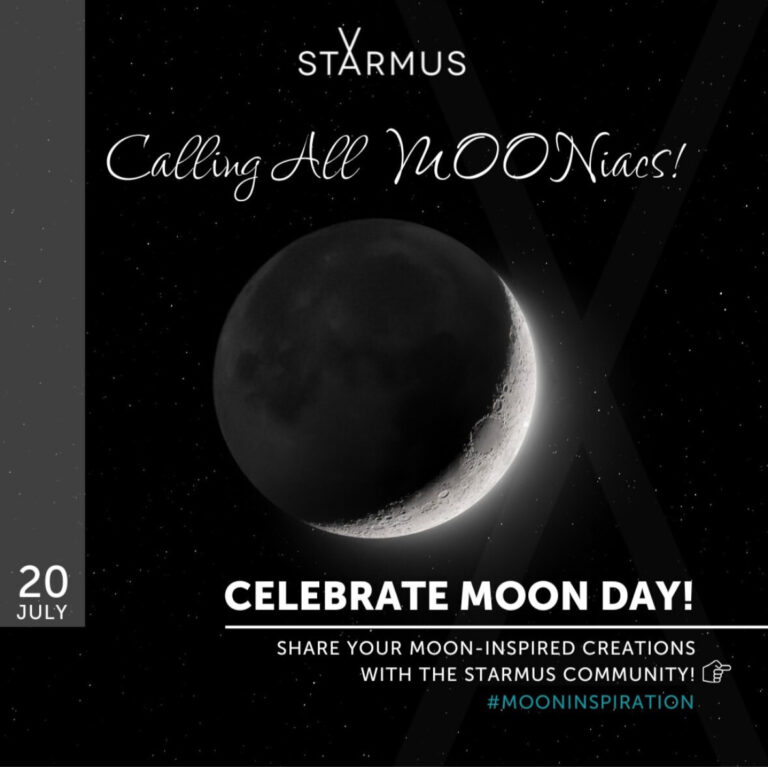Key Takeaways:
In New York City, it’s prestigious to say that you live on the East Side. Conversely, when the film West Side Story came out, everyone knew that title referred to rough neighborhoods with street gangs. Directions matter, at least here on Earth.
When we explore the universe, the east-west distinction ranges from critical to irrelevant. A huge, near-light-speed jet races out of the west side of the galaxy M87, but few observers know or care that it’s heading toward Leo.
These directions can also get strangely confusing. When Venus is a morning star, it can only be seen in the east. Yet at such times, Venus is listed as having a western elongation. Same with Mercury. On March 6, that charbroiled world reaches its greatest western elongation of 27°, its best of the year. But if you look west, you won’t see it. You must instead face east just before dawn.
Now is the best time to be pondering this, since the equinox highlights these cardinal directions. On Saturday, March 20, the Sun rises precisely due east and sets exactly in the west. Those directions have their singular origin in our planet’s spin. But for the Sun to rise at the exact eastern cardinal spot on the horizon, our world cannot be tilted toward or away from our star, which rarely happens. Instead, it must stand perfectly sideways to the Sun. This occurs only at the equinox.
So, orientation matters. As an interesting aside — to be oriented means you correctly know which way you’re facing. The word shares some meaning with the outdated term Orient, meaning — for those in Europe — the East. Thus, originally, if you knew which way east was, you were oriented.
As on Earth, orientation matters in astronomy as well. Directions from binary stars to their dimmer companions routinely allude to the east or west. And here, we’ve all occasionally been thrown for a loop since our mirrors, lenses, and star diagonals flip or reverse the images. Many observers have discovered that a quick way to get reoriented is to turn off the drive motor. When the object starts drifting, it is reliably toward the west.
And this would be good enough, except the Celestial Police — the International Astronomical Union (IAU) — issued an astonishing decree in 1961. Until then, when the Moon hovered on the meridian at its highest point each night, you knew its right side was its western side, since that limb faced your western horizon. Indeed, as Earth rotated, the Moon’s leading edge across the sky was its right, or western, limb.
The trailing limb, the one closest to your eastern horizon, was, of course, its eastern side. So, when the German astronomer Julius Franz discovered a major new lunar mare in 1906 right smack on its leftmost edge, he named it Mare Orientale — the Eastern Sea. This dramatic feature comprises a concentric set of circular ridges, like a bull’s-eye target. It became more widely known after British popularizer Patrick Moore claimed in a bewildering entry in the 1976 edition of his book Guide to the Moon that he had discovered and named it. (Thirty years later, Moore conceded Franz’s priority.) What’s relevant is that both authors affirmed the mare’s eastern locale.
But with President John F. Kennedy’s promise that the U.S. would soon send astronauts to the Moon, a strange directional issue surfaced. On terrestrial maps, west is always to the left. If people would now explore the Moon, find new features, and make new charts, shouldn’t those maps match earthly ones?
“Done!” proclaimed the IAU in 1961. Overnight, the right side of the lunar limb was officially designated its eastern limb, even though it was on the Moon’s west side. Which brings us back to Mare Orientale, that eastern sea. Yep, you guessed it — they kept the name, even though it was now located smack on the Moon’s newly minted western edge. And this month around the equinox, as the terminator sweeps over the waxing Moon, although it nightly progresses eastward as measured by any compass, GPS, or the sky’s universal directions, it’s officially moving west along the Moon’s face.
When Rudyard Kipling said of east and west that “never the twain shall meet,” he had no idea what was coming a mere quarter-century after his death.

